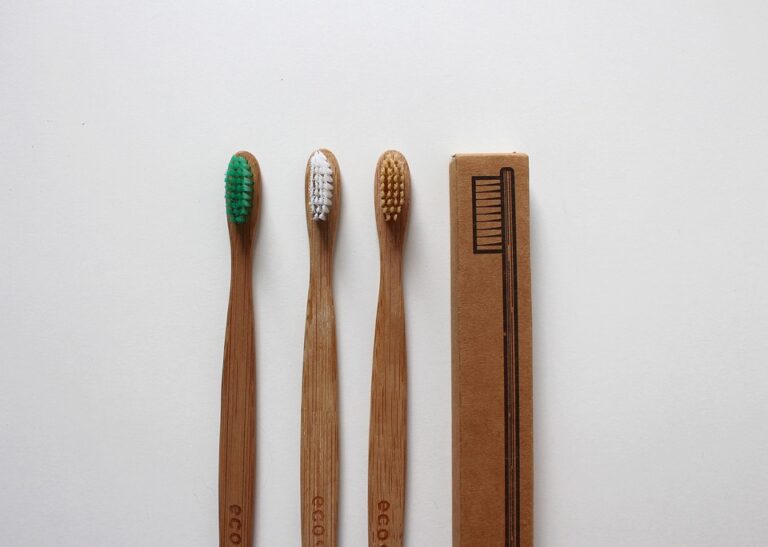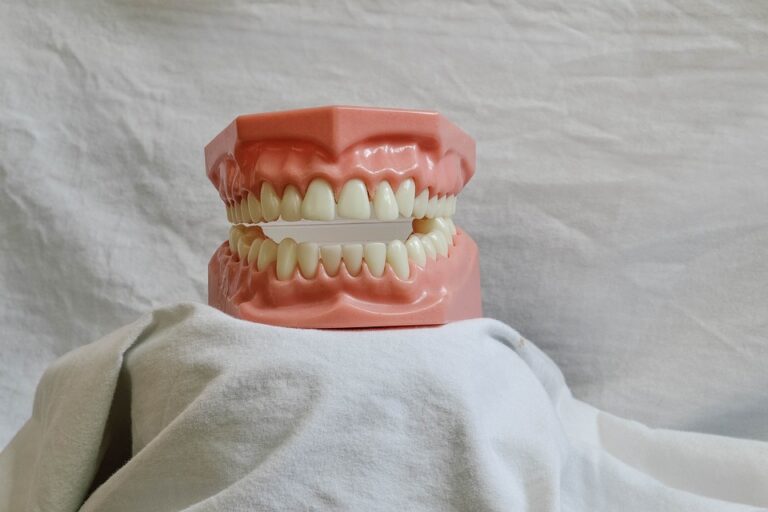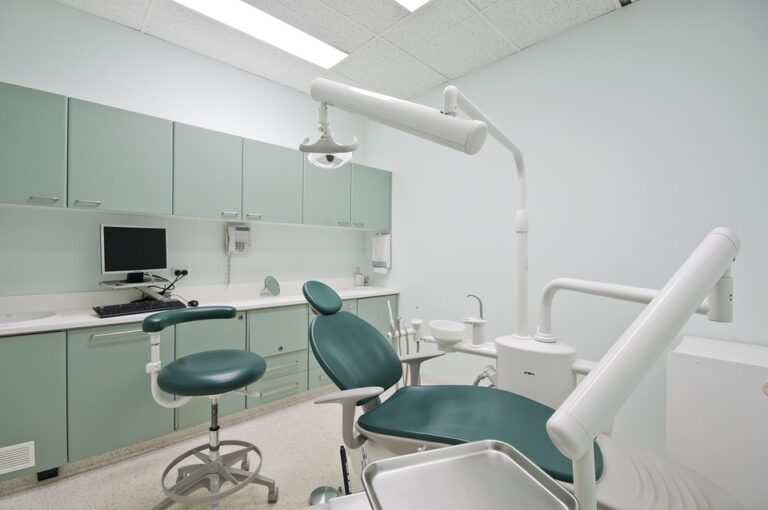
Are Veneers Considered Restorative
I been writing for a long time, and I learned that sometimes easy questions has hard answers. This is one of them. You see a perfect, shiny smile on TV and think, "I want that." You hear the word "veneers," and you think of something just for looks. But is that all? Is it just for a nicer smile, or is it for fixing a real problem?
This is very important. Why? Because the answer changes everything. It changes how you think about what they do, how your dentist plans it, and the biggest thing, how your insurance company decides to pay for it. If you are tired of feeling bad about teeth that are chipped, stained, or worn down but you dont know what to do, you are in the right place. We are going to explain this thing about if its for looks or for fixing, so you can choose whats best for your smile and your money.
What Exactly Is a Dental Veneer, Anyway?
Let’s start from the start. Think of a veneer like a special, very thin cover for your tooth. It’s a tiny piece of stuff, usually porcelain or a composite resin, that’s made to fit perfect over the front of a tooth. Its like putting new walls on the outside of a house. The house is still there, still strong and works, but the new walls makes it look all new and protects it from weather.
The way they do it is a mix of art and science. Your dentist get your tooth ready very careful, often by taking off a little bit of the outside part—like half a millimeter, as thick as a fingernail. This is so the veneer dont look too big. Then, they make a copy and send it to a lab. There, a good worker makes your veneer to match the color and shape of your other teeths. Last, your dentist glues it on your tooth with a strong light. What do you get? A tooth that looks natural, healthy, and perfect.
The Great Debate: Cosmetic vs. Restorative Dentistry?
To understand veneers, you need to know the two big groups in dentistry. It’s like the different between a personal trainer and a physical therapist. One helps you look better and get fit, and the other one helps you get better after you are hurt and can move again. Both are important, but they have different main reasons.
Cosmetic dentistry is your personal trainer. Its main job is to make how your teeth and smile look better. Like teeth whitening, cosmetic bonding, or fixing your gums. These are things you choose to do because you want to look better. On the other side, restorative dentistry is your physical therapist. Its goal is to fix broken parts and make your teeth healthy and work right. This is stuff like fillings for holes, crowns for broken teeth, or implants for missing teeths. These are things you often need to do to stop pain or more problems.
So, Where Do Veneers Fit In? The Cosmetic Camp
Now you see the problem. On the outside, veneers look like they are just for looks. If you want to close a little space between your front teeth or cover up stains that dont go away with whitening, a veneer is a great way to make it look better. It don’t fix a dental disease, but it makes your smile look way better.
This is the thing you’ll hear most of the time, specially from insurance companies. How they see it, if the tooth is basically healthy and the main reason for the veneer is to make it look better, it’s something you choose just for looks. In these times, the main reason is not to fix how it works. You are choosing to change the color, shape, or size of your teeth to look nicer. And really, for lots of people, that is why they get veneers, and that is okay! A good smile can change your life.
But Wait, Can Veneers Actually Restore a Tooth?
This is where it get confusing. Wait, because the answer is a big, loud "yes." Veneers are famous for looking good, but they can also do some real fixing too. This is the part people dont see a lot. Something can have more than one reason, and that is how you understand veneers.
Think about a tooth that got chipped a little bit in an accident. Or a tooth with a small crack. Or, and this is a big one, a tooth where the outside has been worn away from grinding your teeth or from acid. In these times, the tooth is weak. It might hurt with hot and cold, and it could get more broke later.
Putting a veneer on that tooth do more than just hide the chip or crack. It makes a hard, safe shell. It puts the tooth back to its first shape and makes it strong. It covers the parts that hurt and are open and makes the tooth strong again. So now, the veneer is not just for looks; it is fixing the shape and job of a broken tooth. It’s a shield and a face-lift, all in one.
How Do Veneers Help with Tooth Wear and Tear?
Let’s look more at this because it’s a perfect example of how veneers can be two things. Lots of people has bruxism (teeth grinding) or eat lots of acidic foods and drinks. Over time, this can wear down the outside of your front teeth, making them look short, flat, and not a good color. This is not just a looks problem.
Problem: Your teeth are worn down. They look old, they hurt, and you’re scared they’ll get more shorter. The safe outside part is gone, so the softer inside part is showing.
Agitate: This hurt makes eating ice cream or drinking hot coffee bad. You hide your smile because your teeth dont look healthy. You worry one day, you will bite something and a tooth will break because it is so weak. Your all-around teeth health is going down.
Solution: This is where a veneer is a hero. By gluing a porcelain veneer to the front of that worn-down tooth, your dentist is not just making it look longer and whiter. They are replacing the lost outside part with a strong material. The veneer is like a new, forever outside layer, protecting the tooth from more wear and tear and stopping that pain. It makes the tooth its right length again, which can even make your bite better. Now, what they do is looking a lot more like fixing, right?
Will My Insurance Pay for Veneers? The Million-Dollar Question
Ah, the question everyone wants to know. And the answer is… it depends. Insurance companies care about "medical need." They want to know if something is needed to fix a health problem. If you go in and say, "I want veneers to make my smile look like a movie star," they will say "NO" on that paper and call it for looks.
But, if your dentist writes down a clear reason for fixing, your chances are better. Let’s say your paper shows pictures of chipped teeth, X-rays that show the outside is worn away, and notes about how your teeth hurt and it’s hard to eat. If the dentist says a veneer is the best way to fix the tooth’s shape and protect it from more damage, you have a good chance.
Some plans might pay for some of the cost if they see it is for fixing. For example, they might pay what they would for a composite bonding, and you pay for the rest of the veneer cost. The important thing is papers. Your dentist need to make a good story that the veneer is not just for looks but is a needed fix for a broke tooth.
What’s the Process of Getting Veneers? Is It a Major Procedure?
Getting veneers is not as scary as it sound. It usually takes two or three visits. The first visit is for talking. You’ll talk with your dentist about what you want, and they will check your teeth to make sure veneers are good for you. They’ll look for gum disease or big holes, which has to be fixed first.
The second visit is for getting ready. This is where the dentist will softly change the tooth’s shape, taking off that little bit of the outside I said before. Then, they’ll make a very good copy or digital scan of your teeth. This is the map for your new smile. You’ll leave with temporary veneers to protect your teeth while the real ones are being made.
Your copy is then sent to a dental laboratory. This is where the real magic is. In a special veneer lab, workers use your map to carefully make your veneers from good porcelain. They are artists, putting on layers of porcelain to make the perfect color so it looks just like a real tooth. Some dentists work with a local arch dental lab, and some might use one far away like a china dental lab, depending on what they need for cost, stuff, and how fast they get it. This work behind the scenes is what makes your new smile look so good. After a week or two, your special veneers are back at the dentist’s office, and you’re ready for your last visit. Your dentist will take off the temporary ones, clean your teeth, and then carefully glue each veneer on. They’ll check your bite and make any small changes. You’ll walk out of there with a brand-new, beautiful, and working smile.
How Do I Know if I’m a Good Candidate for Veneers?
Veneers are great, but they arent for everyone. You are probably a good person for it if you have healthy teeth and gums but want to fix how they look or small problems. This is for things like bad color, small chips or cracks, little spaces between teeth, or teeth that are a bit crooked or not a good shape.
But, veneers might not be the best thing if you have big problems. If a tooth has a very big filling or is very broken, a dental crown that covers the whole tooth would be stronger and protect it more. Also, if you grind your teeth very bad, you might break the porcelain veneers. Your dentist might tell you to wear a protector at night to keep your new smile safe.
The best way to know for sure is to have a real talk with your dentist. They can check your special case, your bite, and your all-around teeth health to see if veneers are the right way for you or if another fixing option would be better for you later on.
Is This the Right Choice for My Long-Term Teeth Health?
When you think about any dental work, you have to think about a long time. Are veneers a good thing for your future mouth health? I think many times, they really are. When they are used for fixing, a veneer dont just put a patch on a problem—it solves it. It stops a small chip from turning into a big break. It stops worn-down outside from making the nerve show and needing a root canal.
By fixing the safe outside layer of the tooth, a veneer can be a great way to stop problems. It makes the tooth strong again and easier to clean, which can help stop future holes. It’s not just a pretty face; it’s a suit of armor for your tooth.
So, are veneers for fixing? The truth is, they can be both. They are in a gray spot between for looks and for fixing, and what they are called depends on why you are getting them. They can be just for looks to make a great smile, or they can be a very important fixing tool to repair damage and protect a weak tooth. The reason is everything. Understanding this is the first step to making a smart, sure choice about your smile.
Key Takeaways to Remember:
- Veneers has two jobs. They can be just for looks to make you look better, or they can be for fixing chips, cracks, and worn teeth.
- The “why” is most important. The reason you get a veneer is what decides if it is for looks or for fixing.
- Insurance pay depends on need. You have a better chance to get insurance help if your dentist can show with papers a clear fixing need, not just that you want to look good.
- Veneers can protect your teeth. By covering a broke or worn tooth, a veneer is like a new outside layer, protecting it from more harm and pain.
- It is a team work. Your dentist gets your teeth ready, but a good worker at a veneer lab is the artist who really makes your new smile.
- Talk to your dentist. The only way to know for sure if veneers are the right fixing and/or looks choice for you is to have a good talk and check-up.








